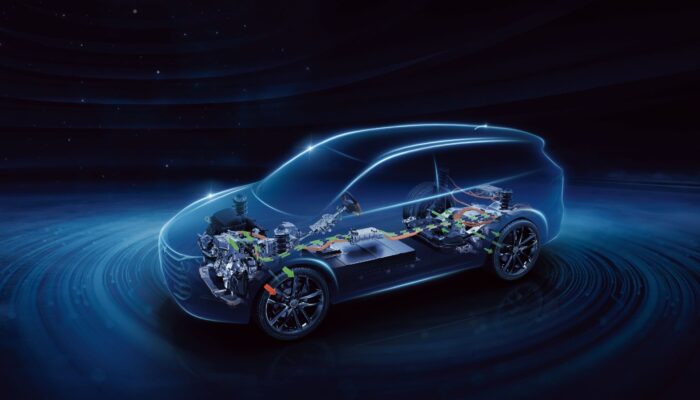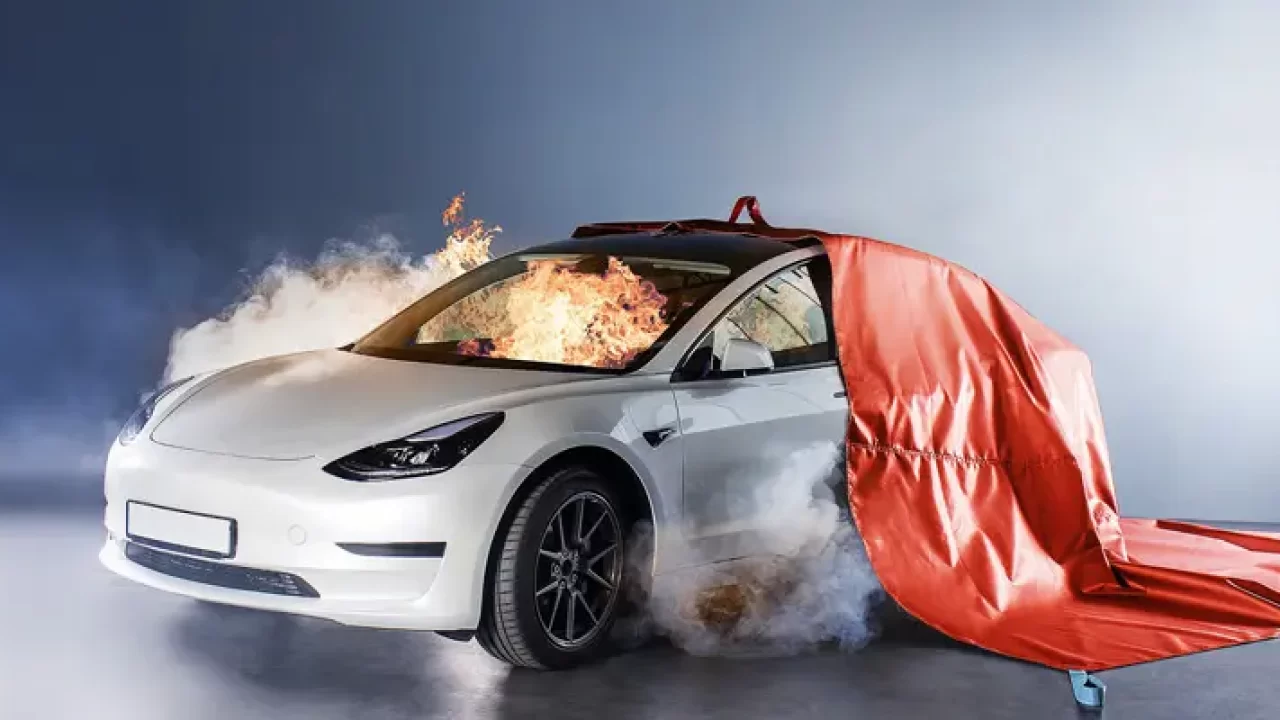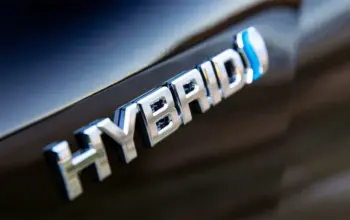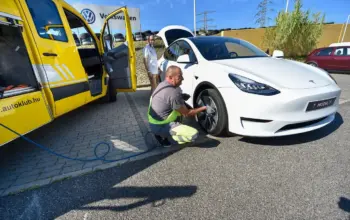Uzone.id – Several well-known cases related to electric car (EV) fires have shocked the public. In 2021, a Tesla Model X caught fire after a single accident in Texas. Fortunately, there were no casualties from the accident.
In the same year, a Nissan Leaf also caught fire after an accident in Japan. Nissan stated that the accident damaged the battery, which caused the fire.
Common causes of electric car fires are often related to damage to the vehicle’s battery, which leads to severe accidents. A ruptured battery can trigger a chemical reaction that produces sparks, which then spread throughout the car.
The lithium-ion battery system used in electric cars is also susceptible under certain circumstances. Overcharging, extreme temperatures, or errors in the internal engine can cause thermal runaway, where the battery begins to heat up uncontrollably until it eventually causes a fire.
In addition, the most common cause of fires in electric cars is an external accident severe enough to cause damage to the battery area. Errors in production or design, especially in the battery cooling system, also require special attention.
Some models have also experienced problems with electrical components that cause sparks or short circuits. In some cases, if the vehicle’s protection system is not effective enough, a short circuit can ignite a fire in the internal components.
When an electric car fire occurs, extinguishing it will be more complex because the burning lithium-ion battery emits a very high-heat flame and can continue to burn even after it is extinguished. On the other hand, electric car fires can also release harmful gases such as toxic Hydrogen Fluoride (HF).
However, if a fire has occurred, the most common method to extinguish it is to pour a large amount of water on the vehicle for a long period. This is done to cool the battery cells and remove them from the thermal runaway state. Remember that a single electric car on fire requires tens of thousands of gallons of water and hours to extinguish.
Although it sounds alarming, incidents of electric car burning are rarely recorded compared to fossil fuel car cases. In addition, companies that produce electric cars continue to investigate and improve the system to ensure the safety of their users.

This several preventive measures can be taken to reduce the risk of fire in electric cars:
Understanding the risks of thermal Runaway
Thermal Runaway occurs when lithium-ion battery cells are damaged or overheated, causing the temperature to rise uncontrollably. This can lead to an explosion or fire. Although rare, this is one of the reasons why electric car owners need to keep the battery cool.
Regular maintenance
Before being marketed, each electric car unit undergoes testing and strict safety standards by companies and institutions to ensure that the vehicle was safe. For this reason, after buying it, always adhere to a regular maintenance schedule. Have a professional check the battery regularly for any signs of wear, swelling, or other problems.
Avoid extreme temperatures
Lithium-ion batteries are sensitive to temperature. An advanced battery charging and thermal management system is necessary to prevent overcharging in electric cars. For this reason, buy an electric car from a reputable company and use a charger approved by the manufacturer.
Monitor charging conditions
Always use the vehicle’s built-in monitoring system to help regulate battery temperature and prevent thermal Runaway. Most electric cars have advanced systems that help manage temperature, ensuring these systems work correctly.
Charging generates heat, so charging electric cars in locations with good air circulation is essential. Also, avoid charging the car at extreme temperatures, which causes the battery to damage faster.
Avoid collisions
Of the several cases of electric car fires, not all cases are caused by internal system issues. Some occur due to hard impacts on the car that affect the components inside, including the battery.
When the electric car is not in use, store the vehicle in a safe place where the battery will not be exposed to heat or extreme humidity. Some companies recommend charging the battery to about 50% before long-term storage.
By understanding the various factors and what causes electric cars to catch fire, electric car owners can reduce risks and ensure that the vehicle remains safe. Additionally, ongoing research and development is focused on improving battery safety. Advances in battery chemistry, thermal management systems, and fire suppression technologies are helping to make electric vehicles safer.
















